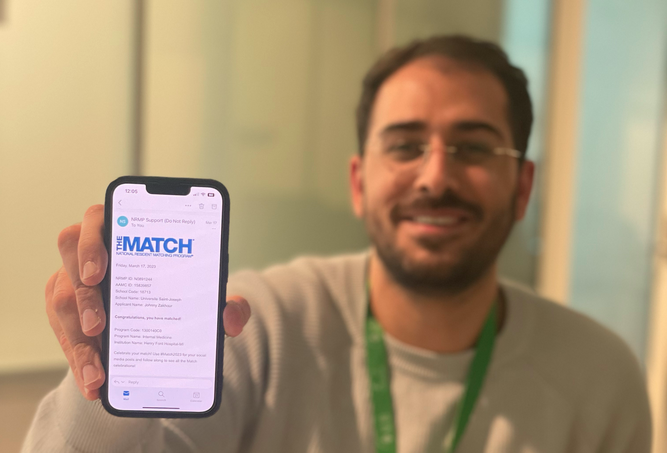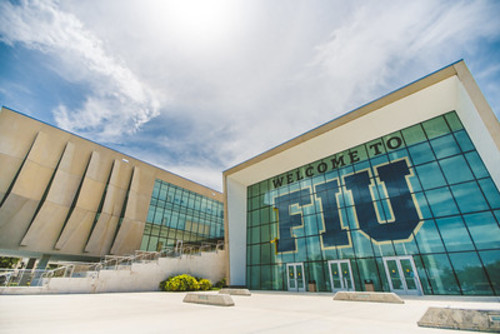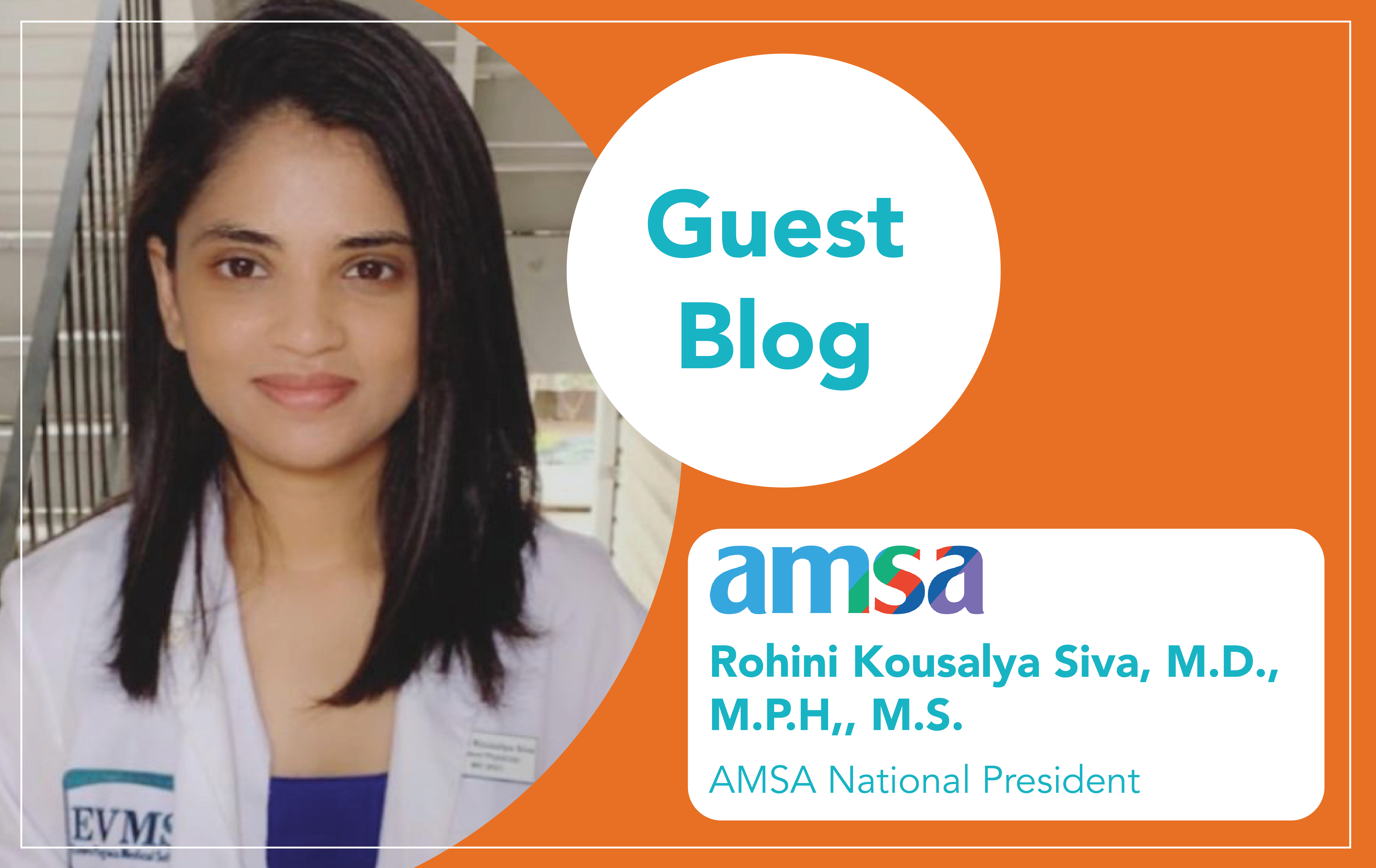You did it — you applied for a clinical experience with AMO and got in! Once you’re down from Cloud 9, you may find that there’s still a lot of preparation to do for your rotation. Lucky for you, AMO has a team of supportive coaches in place to help you enroll and prepare for your clinical experience. Once you reserve your spot, you’ll be paired with a Coach. They’ll lay the groundwork for required documents and host a virtual orientation session.
Until then, we want to provide you some general information regarding what to expect as you enroll for and begin your rotation. If, you still have questions, you can save them for your AMO Coach or email advisors@amopportunities.org for a quick answer.
How to apply for your visa*
Once accepted into an AMO rotation, securing a visa should be an early concern. Visa appointments can have significant wait times depending on how busy your embassy is. This is one reason why we suggest individuals apply for clinical experiences three to six months early. The first step to get your visa is to make a visa appointment and reserve your clinical experience with AMO. After you do both these things, provide your coach with a dean’s letter or diploma copy, a passport copy, and proof of your scheduled interview. With these documents in hand, your AMO Coach can generate a B-1 visa support letter. This document provides proof that you have a reason to travel to the U.S. for a specific time period. It should be brought to your visa interview.
If you are participating in a virtual clinical rotation, you won’t need to worry about securing a visa. You’ll be able to learn about and experience the U.S. healthcare system while staying surrounded by the comforts of home! AMO’s virtual rotations offer a more accessible and convenient clinical experience with the same benefits of our in-person options. You will still work alongside a U.S. physician who will bring you into the clinical setting through live-streamed patient visits. Depending on your rotation type, you will still be able to record patient histories, complete examinations, and offer differential diagnoses. Virtual rotations give you the same access to your precepting physician, giving him or her the familiarity needed to write a letter of recommendation
For more information about virtual rotations, reach out to an AMO Advisor at advisors@amopportunities.org.
Which type of visa to apply for
AMOpportunities only offers support letters for B-1 visas. You may apply for another type but we cannot offer you any assistance. Already have a visa? Great! As long as it’s still valid for the duration of your rotation, you can check getting a visa off your to-do list. If you have additional questions regarding the visas we support or how to go about getting a visa, click here.
How to request a letter of recommendation
AMO Preceptors are aware that most individuals rotating do so with the goal of earning a LoR. That said, requesting a LoR is relatively easy. During your second week, you may schedule a short meeting with your preceptor to discuss your desire for this document. During this meeting, or one that follows, you should both decide when and how the letter should be received. Most individuals applying for U.S. medical residency waive the right to view their letter and have their preceptors upload it directly to ERAS. Another option is to have the letter sent to you via email. It’s important to note that the method in which you receive the letter is important to residency programs. For more information on requesting your LoR, including what the most important aspects of this document are, check out our LoR Guide.
What to expect your first day
The first day of your clinical experience will be very similar to school or job orientation. You’ll probably meet with your preceptor and staff and get a tour of your rotation site. Your preceptor will likely go over what the rotation will entail, your role in day-to-day activities, rotation hours, what to bring during your rotation, and more. Depending on who you rotate with, you may see patients that first day. While your preceptor will likely provide an overabundance of information on day one, you should feel comfortable asking them any questions you have that day or throughout the clinical experience.
What to wear while rotating
Your preceptor will probably give you more detailed information about the rotation site dress code on your first day but, you should arrive that day in business casual attire (even if you’re rotating virtually). Business casual attire can encompass a range of clothing items. To put it simply you should wear a dress shirt, polo, or blouse on top. For bottoms, consider slacks, chinos, or dress pants. Depending on the style and length, dresses can work as well. Finish off a business casual outfit with close-toed dress shoes. Be sure to practice good hygiene throughout your rotation, and consider limiting the amount of makeup and fragrances used as some patients may be sensitive to them.
Where you’re staying
Most clinical experiences last four weeks or more — which means you’ll need a place to stay that’s close to your rotation site. While AMO does not provide housing, your AMO Coach may be able to provide suggestions based on the locations which previous AMO visitors have stayed at. AMO generally recommends visitors check out Airbnb for housing as the options are expansive and can be affordable. When planning your housing, be sure to consider its proximity to your rotation site and public transportation. Depending on how rural the town or city you are rotating is in, you may have to rent a car or coordinate a ride to get to and from the clinic or hospital each day.
How to meet English proficiency
While AMO’s hosted medical trainees from all around the world, we do require each and every participant to be English proficient as it is the language most spoken by patients and preceptors at our rotation sites. If English isn’t your first language — don’t worry. English proficiency does not mean complete fluency. In fact, many students come with the goal of improving their medical English and terminology, which our preceptors are happy to help with. You can prove English proficiency if your school taught in English, if you have a passing TOEFL or IELTS score, or by scheduling a short phone call with an AMO Coach or Advisor to check that you understand and speak English well enough to have a valuable learning experience with us.
How to become fully enrolled
To be fully enrolled for your clinical experience, you’ll need to do more than pay for your clinical experience. You’ll also need to complete and turn several documents in to your AMO Coach. These documents include: immunizations, proof of a passport and visa, proof of school authorization or a diploma copy, health insurance, malpractice insurance, and proof of English proficiency. Depending on your clinical experience, some of the requirements may be waived, which your coach will go over during orientation. Submit these documents through your online AMO account at least 45 days prior to your rotation start date. Failure to meet this deadline could result in a delayed start. If you have additional questions about required documents, you can save them for your AMO Coach or check out our enrollment FAQs here.
For even more information on planning your clinical experience, click here.
*Due to COVID-19 travel restrictions, U.S. visas are difficult to secure. If you are unable to schedule an interview, but would still like to participate in a clinical experience, check out our virtual experiences. Our virtual experiences are a great way to continue your medical education, receive a letter of recommendation, and gain insight to the U.S. healthcare system.






